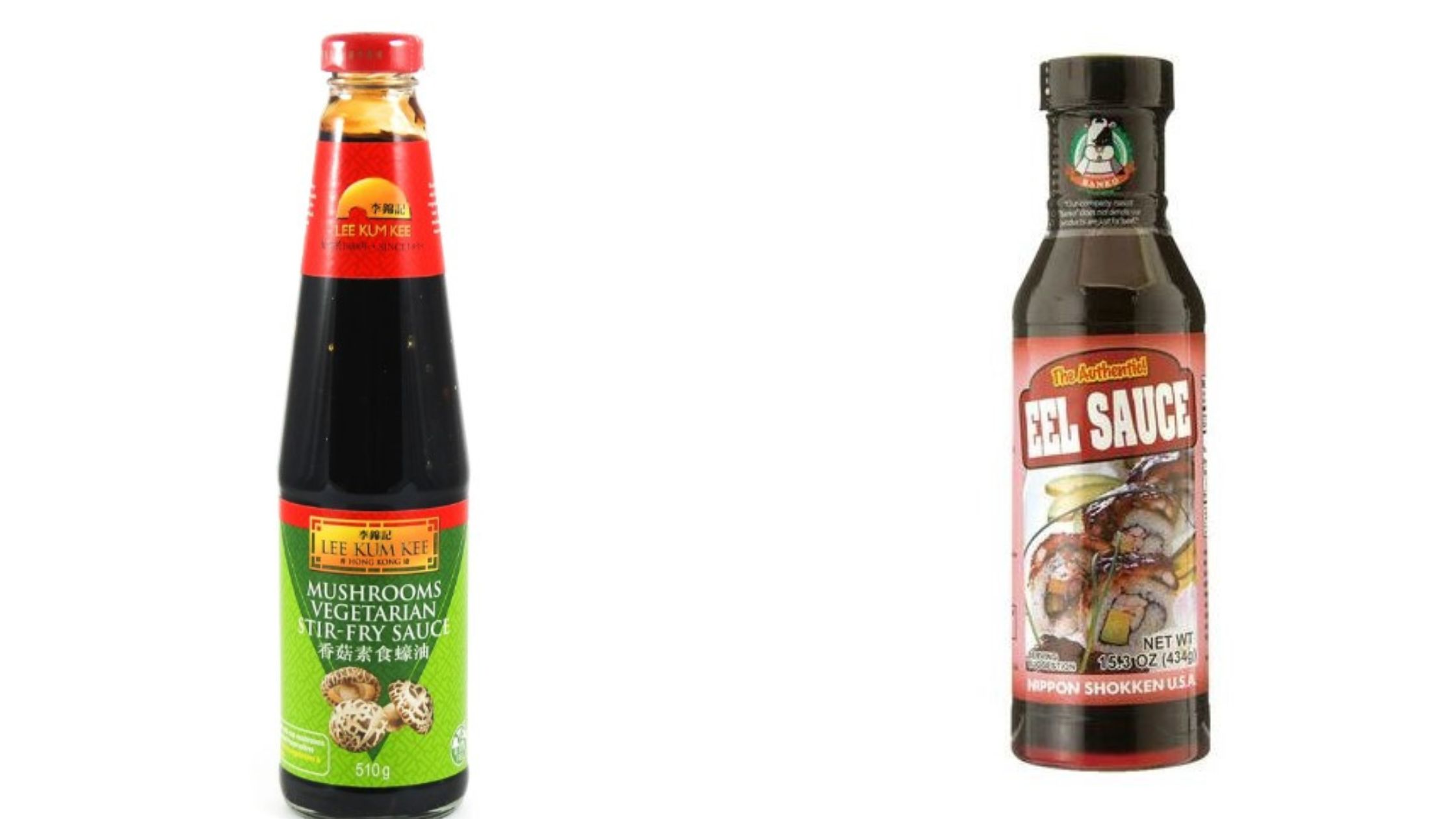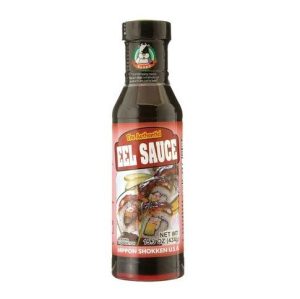
When it comes to exploring different flavors and enhancing the taste of your dishes, sauces play a crucial role. Eel sauce and oyster sauce are two popular condiments that are often used in Asian cuisine to add depth and richness to various dishes. While these sauces may appear similar, there are distinct differences that set them apart.
In this article, we will delve into the unique characteristics of eel sauce and oyster sauce, helping you understand their flavors, ingredients, and culinary applications.
Eel Sauce: Unveiling the Unforgettable Umami
Eel sauce, also known as kabayaki sauce, is a versatile and indulgent condiment that originated in Japan. It is a sweet and savory glaze that adds a delightful umami flavor to a wide range of dishes. Eel sauce is commonly used in sushi restaurants and is a popular accompaniment to eel-based dishes.
The key ingredient in eel sauce is mirin, a sweet rice wine that imparts a rich sweetness to the sauce. Mirin is combined with soy sauce, giving eel sauce its distinct umami taste. Additionally, some variations of eel sauce may include ingredients like sugar, sake (Japanese rice wine), and dashi (Japanese fish stock) to enhance the complexity of flavors.
Eel sauce is characterized by its thick consistency and glossy appearance. When heated, it develops a caramelized glaze that coats the ingredients, imparting a delightful sheen. Due to its sweet and savory profile, eel sauce complements a variety of dishes, including grilled meats, stir-fried vegetables, and even as a dipping sauce for sushi rolls.
Oyster Sauce: The Essence of Savory Seafood
Oyster sauce, on the other hand, is a savory and robust condiment that originated in Southern China. It is commonly used in Cantonese and other regional Chinese cuisines, as well as in various Asian recipes. Oyster sauce derives its name from its main ingredient, oysters, which provide its distinctive flavor.
The process of making oyster sauce involves simmering oysters in water until their essence is extracted. The resulting broth is then thickened and flavored with soy sauce, giving oyster sauce its unique taste. Some variations of oyster sauce may also include additional ingredients like sugar, salt, and cornstarch for thickening.
With its dark brown color and glossy texture, oyster sauce adds depth and complexity to a wide array of dishes. Its savory and slightly sweet flavor profile makes it an excellent choice for stir-fries, noodles, and vegetable dishes. Oyster sauce is also used as a marinade for meats, providing a flavorful coating that caramelizes beautifully when cooked.
Distinguishing the Differences
While eel sauce and oyster sauce share some similarities, they have distinct characteristics that set them apart:
- Flavor: Eel sauce offers a sweet and savory umami taste, while oyster sauce provides a savory and slightly sweet flavor with briny undertones.
- Ingredients: Eel sauce primarily consists of mirin and soy sauce, whereas oyster sauce is made from oysters and soy sauce.
- Culinary Applications: Eel sauce pairs well with grilled meats and is commonly used in sushi restaurants, while oyster sauce is ideal for stir-fries, noodles, and as a marinade for meats.
- Origins: Eel sauce originated in Japan, while oyster sauce originated in Southern China.
By understanding these differences, you can choose the right sauce to enhance the flavors of your dishes, whether you’re preparing a delectable Japanese-inspired meal or a traditional Chinese stir-fry.











